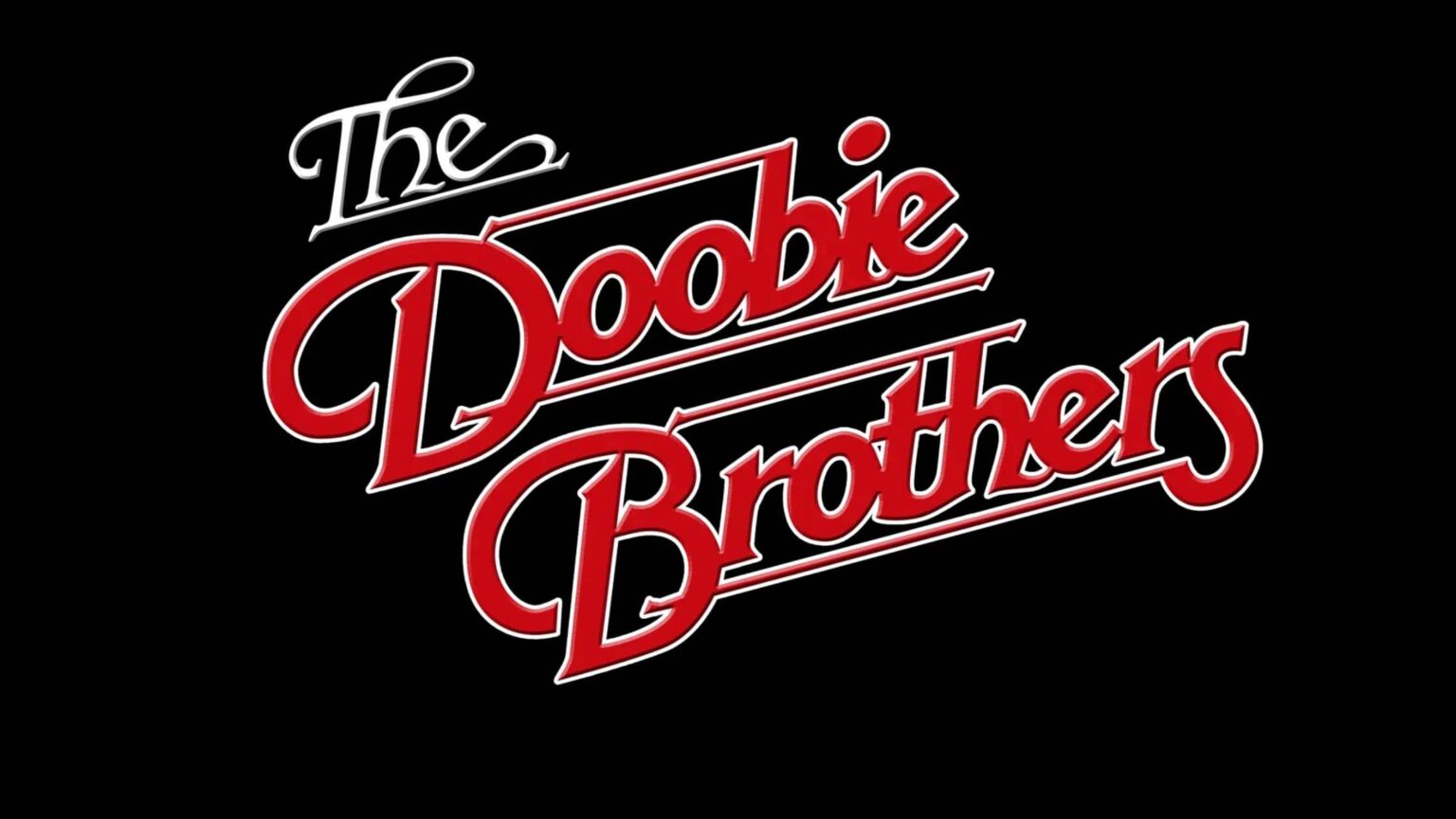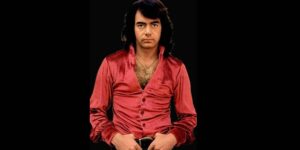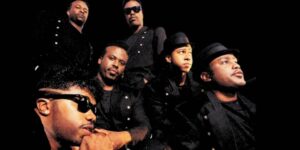The Doobie Brothers are a legendary American rock band, known for their distinctive sound that blends rock, pop, soul, and country. Their music, which features intricate instrumentation, guitar-driven melodies, and harmonious vocals, has earned them a lasting legacy in the music world. The band’s journey from their humble beginnings to superstardom is a testament to their musical innovation, adaptability, and brotherhood.
The Early Days of the Doobie Brothers
Formed in San Jose, California, in 1970, the Doobie Brothers were born during a time when the music scene was ripe for genre-blending. Founded by Tom Johnston and John Hartman, the band was driven by their shared passion for creating rock music with rhythm and blues influences. Johnston, a talented guitarist and vocalist, brought a lively, energetic edge to their sound, while Hartman, the drummer, provided a steady rhythmic foundation.
As the lineup evolved, the addition of Patrick Simmons helped solidify the band’s signature sound. Simmons, with his folk-inspired style, paired seamlessly with Johnston’s more rock-oriented approach, creating a harmonious fusion that became the Doobie Brothers’ hallmark.
Initially performing under the name “Pud,” the band soon rebranded as the Doobie Brothers—a playful nod to a slang term for marijuana that was common in the 1970s counterculture. Their high-energy live shows gained attention, and in 1971, they signed with Warner Bros. Records.
Rise to Fame: The Classic Doobie Brothers Sound
The band’s debut album, The Doobie Brothers (1971), didn’t immediately garner commercial success, but it laid the groundwork for their future sound. Their second album, Toulouse Street (1972), was a game-changer, featuring hits like “Listen to the Music” and “Jesus Is Just Alright.” These tracks, with their infectious energy and tight harmonies, quickly established the Doobie Brothers as a major force in American rock.
Their next album, The Captain and Me (1973), featured the hit songs “Long Train Runnin’” and “China Grove,” solidifying their place in rock history. The band’s early sound blended elements of rock, soul, and folk, with a Southern rock influence that made them stand out from their contemporaries.
The Michael McDonald Era and the Shift in Sound
In the mid-1970s, the Doobie Brothers experienced a major shift when Tom Johnston fell ill, leading the band to enlist Michael McDonald as their new vocalist and keyboardist. McDonald, known for his soulful, R&B-infused sound, brought a new dimension to the band’s music. His influence became evident in their 1976 album, Takin’ It to the Streets, which introduced hits like “Takin’ It to the Streets” and “It Keeps You Runnin’.”
The release of Minute by Minute (1978) marked the pinnacle of the Michael McDonald era, with the iconic “What a Fool Believes” becoming one of the Doobie Brothers’ best songs. This track, which McDonald co-wrote with Kenny Loggins, topped the charts and earned the band multiple Grammy Awards, including Song of the Year.
Top 10 Doobie Brothers Songs
The Doobie Brothers’ discography is filled with timeless hits, and many of their songs remain fan favorites today. Here are the top 10 Doobie Brothers songs that have left an indelible mark on rock history:
- “Listen to the Music” (1972)
From Toulouse Street, this track became an anthem with its infectious chorus and optimistic message. - “China Grove” (1973)
Featured on The Captain and Me, this song is a rock classic, known for its driving guitar riff. - “Long Train Runnin’” (1973)
One of the Doobie Brothers’ most iconic tracks, “Long Train Runnin’” is a fusion of rock and funk, with an irresistible groove. - “Jesus Is Just Alright” (1972)
A gospel-inspired track from Toulouse Street, this song became a staple of the Doobie Brothers’ live shows. - “Black Water” (1974)
Written by Patrick Simmons, this song became the band’s first No. 1 hit and remains one of their most beloved tunes. - “What a Fool Believes” (1978)
A smooth, introspective pop song from Minute by Minute, this track topped the charts and won multiple Grammy Awards. - “Takin’ It to the Streets” (1976)
The title track from their album of the same name, this song marked a shift in their sound toward a more soul-influenced style. - “It Keeps You Runnin’” (1976)
Another hit from Takin’ It to the Streets, this song showcases McDonald’s influence on the band’s evolving sound. - “Minute by Minute” (1978)
The title track from the Minute by Minute album, this song blends soft rock and soul, with McDonald’s signature keyboard playing. - “Take Me in Your Arms (Rock Me)” (1975)
A Motown cover, this song highlights the band’s versatility and their ability to infuse soul into rock.
Play Doobie Brothers Music
Legacy and Continued Success
The Doobie Brothers’ impact on the music world cannot be overstated. Their ability to blend genres and evolve their sound, from the rock-infused tracks like “Long Train Runnin’” to the soulful ballads of the Michael McDonald era, has cemented their place as one of the most influential bands in rock history. Their induction into the Rock and Roll Hall of Fame in 2020 is a testament to their lasting influence.
Whether you’re listening to their classic hits on YouTube or revisiting their albums, the Doobie Brothers’ music continues to resonate with fans old and new. Their catalog of songs, including “What a Fool Believes,” “Black Water,” and “Long Train Runnin’” remains a vital part of American rock culture. As they continue to perform and release music, the Doobie Brothers show no signs of slowing down, proving that their legacy is far from over.
For fans seeking to relive the magic of the Doobie Brothers, the band’s best songs—ranging from their classic rock anthems to soulful ballads—remain timeless, and their influence can still be heard today.






